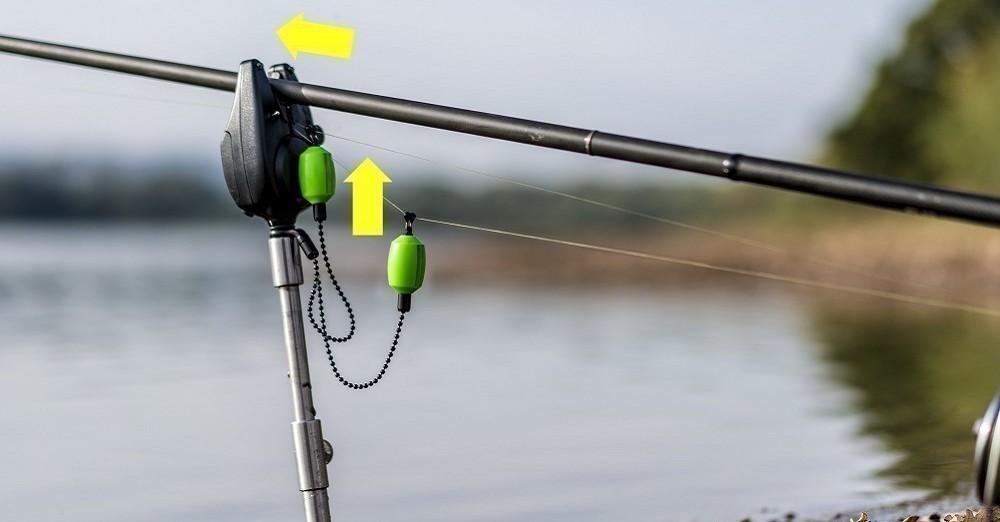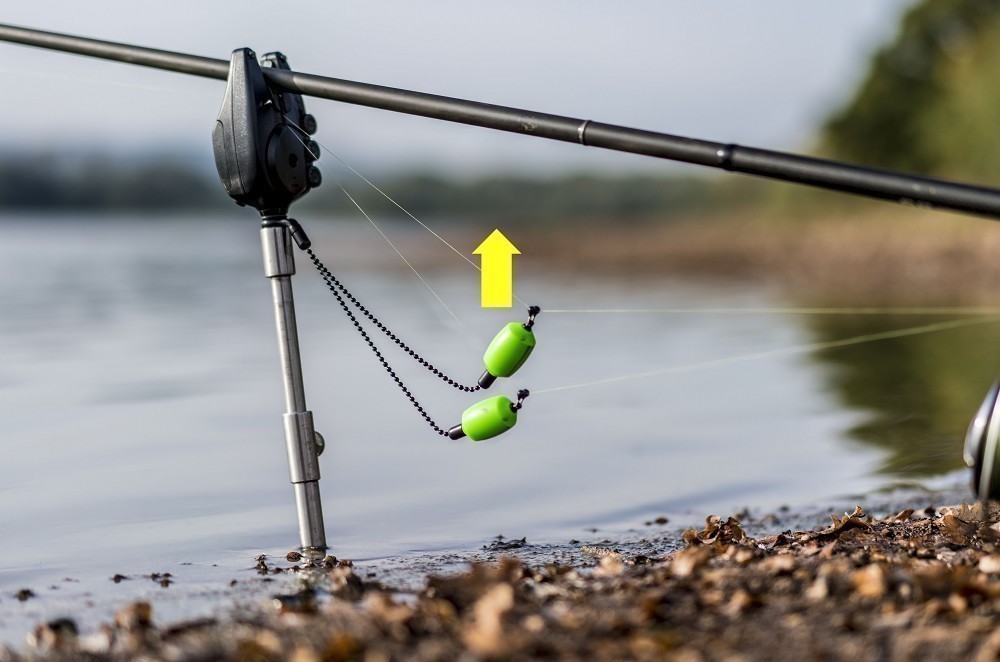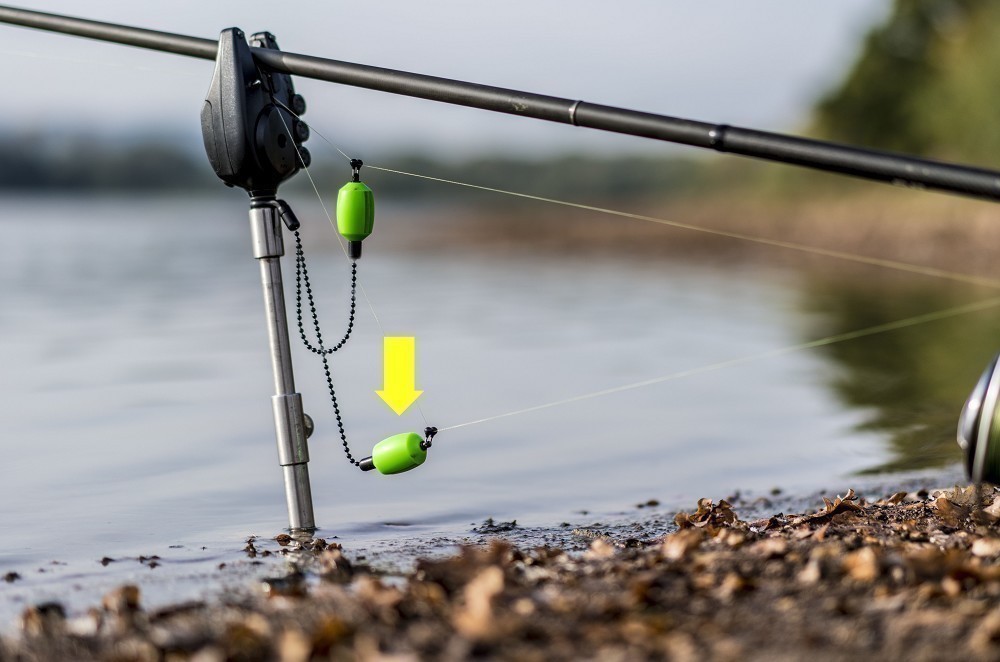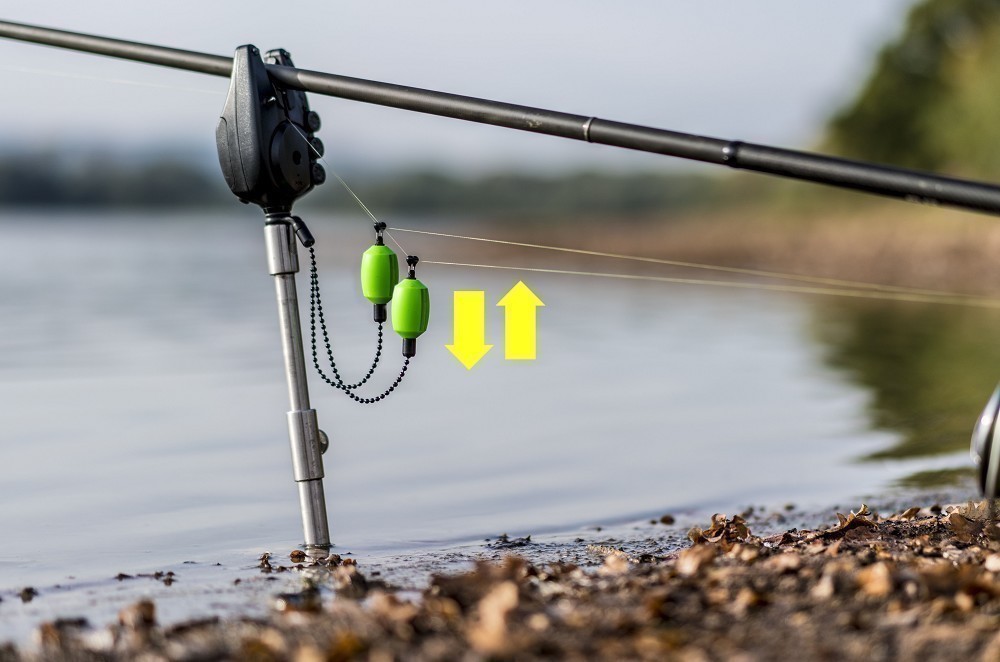
How to understand bite indication*
A lot of information can be gleaned from the movement of our bobbins - and here’s five “movements” which all tell a story…
*(Or “best guessing” what’s going on at the rig end!)
Movement 1
Q Bobbin moves up to the top, the tip may knock round and then immediately the bobbin drops back down to its original position.
A This is almost certainly a line bite. A fish (not necessarily a carp) has moved through the swim and caught the line on some point of its body/fins. This is quite common, although it can happen more when using fluorocarbon as it’s obviously harder to for the fish to see and therefore avoid.
Movement 2
Q Bobbin twitches up halfway and stays there.
A You could hit this type of indication, but it depends on a number of factors. Maybe assess how hard it is to get the rig back on the spot without making too much noise. Did you see fish in the area? Is it a known feeding time? This is all thought about in the blink of an eye, so don’t be debating it with your mate! If you get more ‘ticks’ than ‘crosses’ – strike! With this type of indication, always look at the line between your rod and the water, as this will give you a very good idea of what’s going on long before your indicator moves.
Movement 3
Q Fishing at range, or up against snags, with a tight line. A tiny, but definite drop-back, say half-an-inch or so.
A This is a take, don’t hesitate, strike! If you’re confident your line was tight to your rig, any movement of the bobbin in a downwards direction means the lead has been moved, so there is probably a fish out there, trying to shake your rig out. It is possible that a ‘liner’ could cause this to happen, especially if you’re using small leads, as the resistance at the rod end is greater than the resistance of the lead, therefore the lead moves before the bobbin. Obviously, if you’re fishing in this situation and the bobbin hits the floor, this is a screamer, just that it is coming towards you!
Movement 4
Q The bobbin jerks upwards towards the rod, then jerkily returns to its original position, then jerks back up, (repeat many times).
A BREAM! We hate generalising, but that is a classic bream bite. Don’t hang about to strike though, some of the biggest carp in the country also have the knack of imitating a bream!
Movement 5
Q The bobbin smacks the rod, the alarm screams and the reel goes into meltdown.
A If you need us to tell you what to do here, then you shouldn’t be in charge of a set of carp rods!
Of course the best way of knowing what’s going on at the lead end is to use the most sensitive bite alarm going - and that’s Fox’s brand-new RX+ alarms: the world’s most advanced bite alarm. Here’s what we made of it during an exclusive test with Fox’s Harry Charrington…






